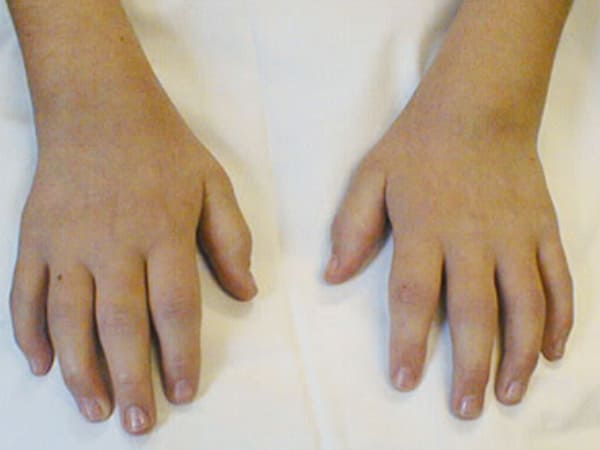
Types Of Juvenile Idiopathic Arthritis
• Oligoarthritis – It is most common among female children who are below six years. Oligoarthritis affects four or fewer joints, especially in the knee or ankle.
• Polyarticular arthritis – It affects five or more joints during the first six months.
• Systemic arthritis – It affects the whole body.
• Enthesitis-related arthritis – It usually affects males who are above six years.
• Juvenile psoriatic arthritis – Children with this type of arthritis experience psoriatic rash on the scalp, knees, elbows and behind the ears.
• Undifferentiated arthritis – This type of JIA doesn’t fit in any of the above types or fits in more than one type [3].
Image source: mytips10.blogspot.com
 World Pediatric Bone And Joint Day: Bone And Joint Infections In Children
World Pediatric Bone And Joint Day: Bone And Joint Infections In Children
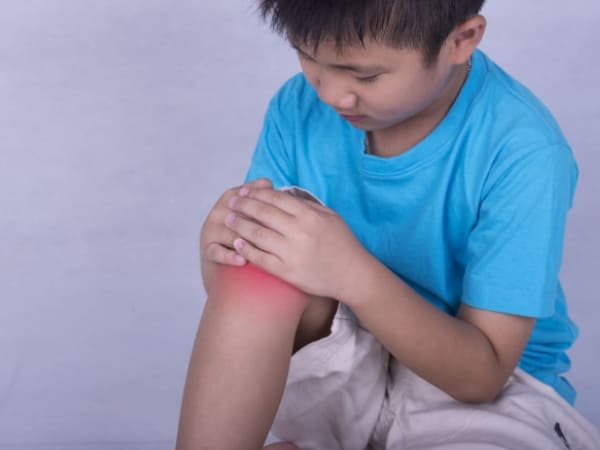
Symptoms Of Juvenile Idiopathic Arthritis
• Red or swollen joints.
• Joint pain [4]
• Stiffness.
• Difficulty in moving.
• Fever.
• Swollen lymph nodes.
• Skin rash in the affected area.
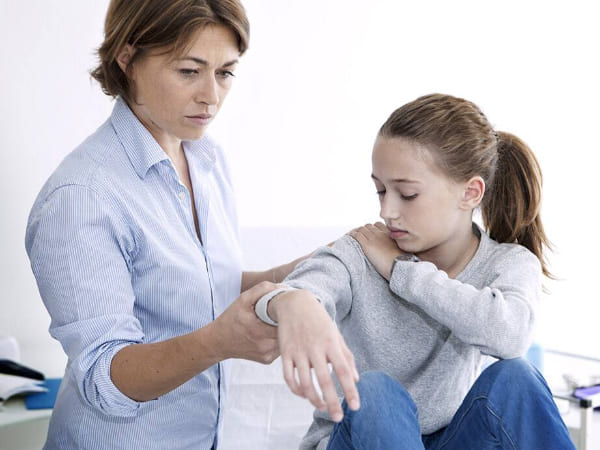
How Common Is Juvenile Idiopathic Arthritis In Children?
All the types of JIA occur mostly in females. Only enthesitis-related arthritis affects males and systemic arthritis affects both males and females [7].
When To See A Doctor
Consult a doctor if your child experiences any of the above-mentioned symptoms for more than a week.
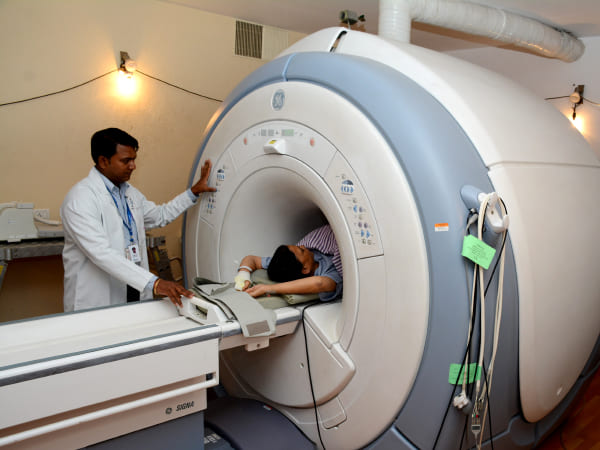
Diagnosis Of Juvenile Idiopathic Arthritis
First, a complete physical examination is done and then the doctor asks about the symptoms and medical history. After which, a number of diagnostic tests are done, which includes laboratory tests (CBC, ESR, CRP, ANA, RF, anti-cyclic citrullinated peptide antibodies (anti-CCP), HLA-B27) and imaging tests (ultrasound and MRI) [8].
READ RELATED: Main signs of a chest infection to watch out for this winter as cases surge in the UK
 World Autoimmune Arthritis Day (May 20): Autoimmune Diseases And Types
World Autoimmune Arthritis Day (May 20): Autoimmune Diseases And Types
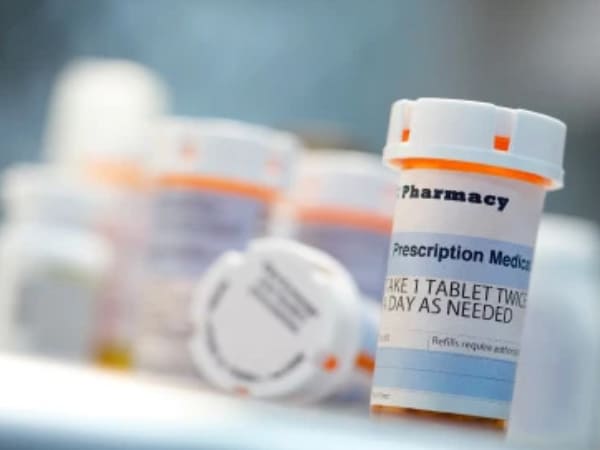
Treatment Of Juvenile Idiopathic Arthritis
JIA can’t be cured, but with early diagnosis and faster treatment, the disease can be managed.
• Medications – Nonsteroidal anti-inflammatory drugs (NSAIDs) such as ibuprofen, indomethacin, tolmetin and naproxen are used for treating children under 12 years. It lowers pain and inflammation and the drugs show the effect within one to three days. The drugs can cause side effects like stomach pain and headache.
Corticosteroids reduce inflammation and the general dose is up to 1 mg per day.
Other anti-rheumatic drugs such as methotrexate, sulphasalazine and DMARDs can help treat JIA. Biological treatment is also used in the treatment of JIA [9].
• Physical therapy – A physical therapist will teach strengthening and flexibility exercises of the joints, help improve balance and coordination, and show how to use assistive devices.
• Lifestyle changes – These include exercising regularly, eating nutritious foods and meditation to manage the stress and pain of JIA.
Image source: www.naturalathleteclinic.com
Common FAQs
Q. Is juvenile arthritis serious?
A. Yes, it is a serious chronic disease.
Q. What age does juvenile arthritis start?
A. Children can get JIA at 16 years or younger.
Q. Can juvenile rheumatoid arthritis go away?
A. The symptoms of JIA can go away with proper treatment, which is known as remission.
Q. How long does juvenile rheumatoid arthritis last?
A. It can last for months or years.
Source: boldsky blog









